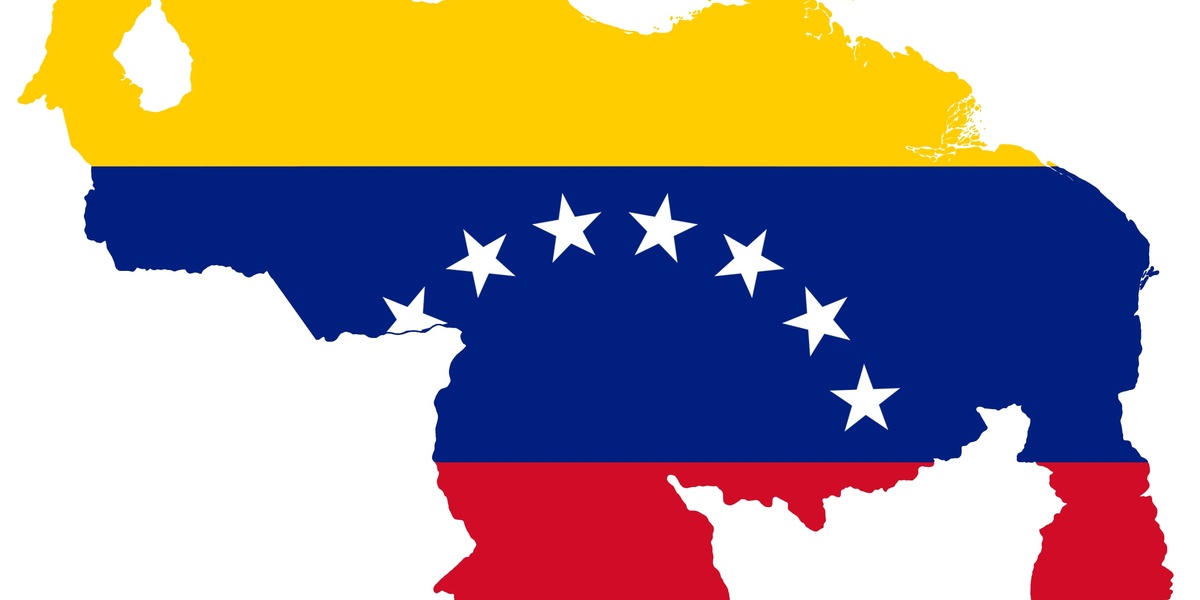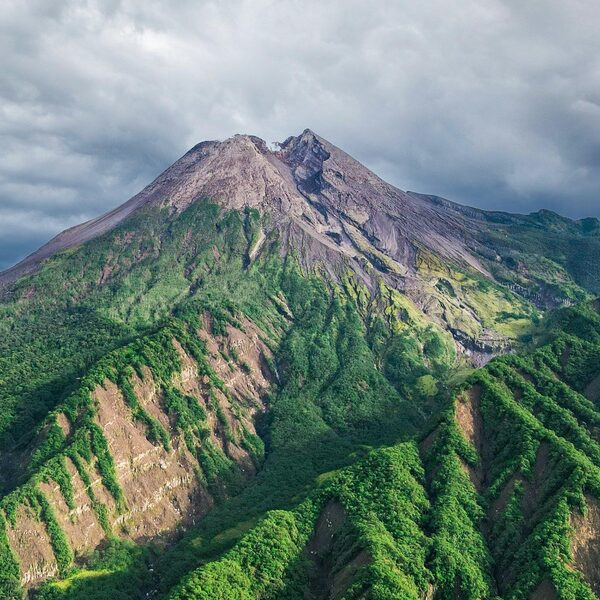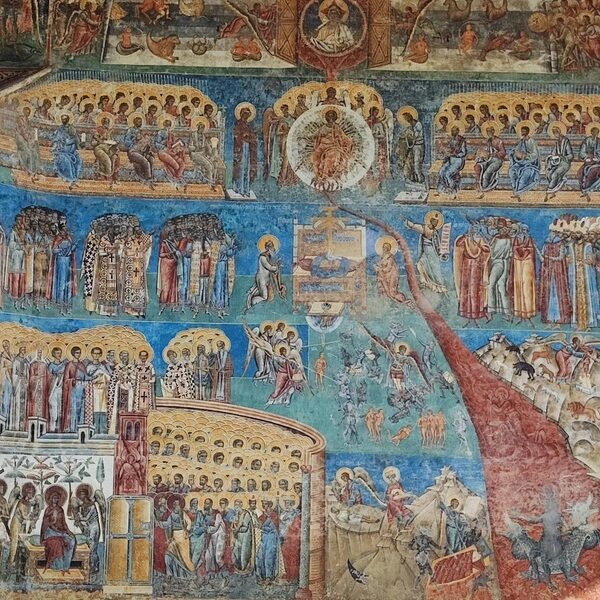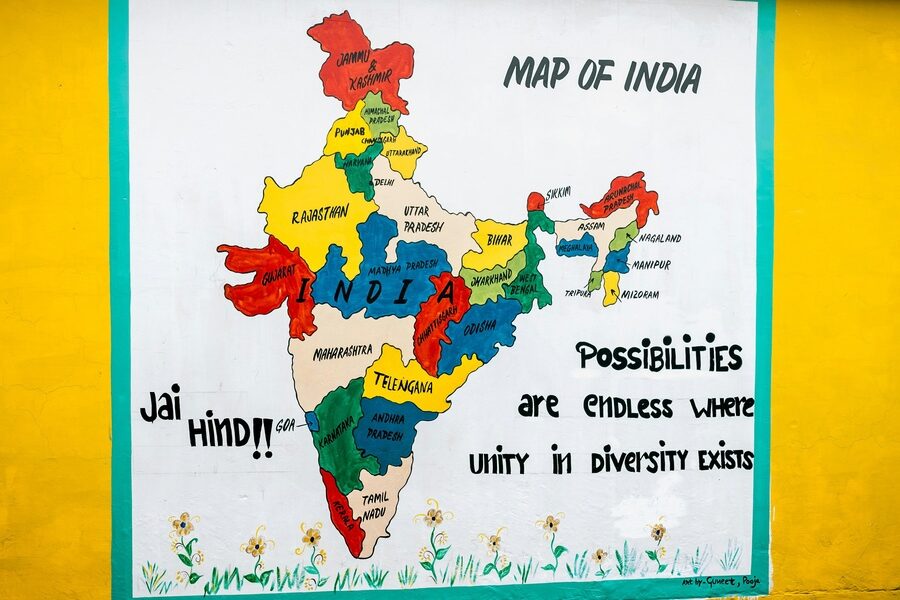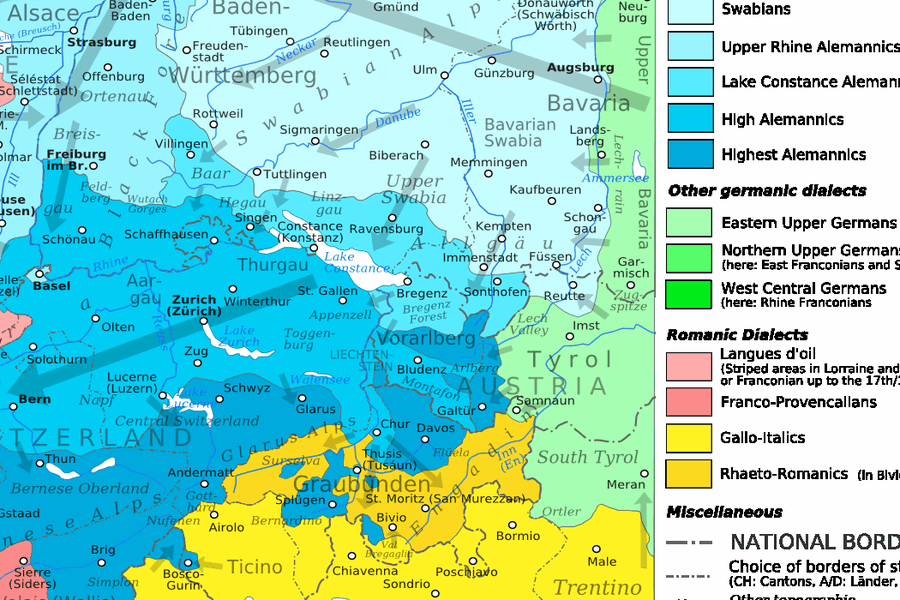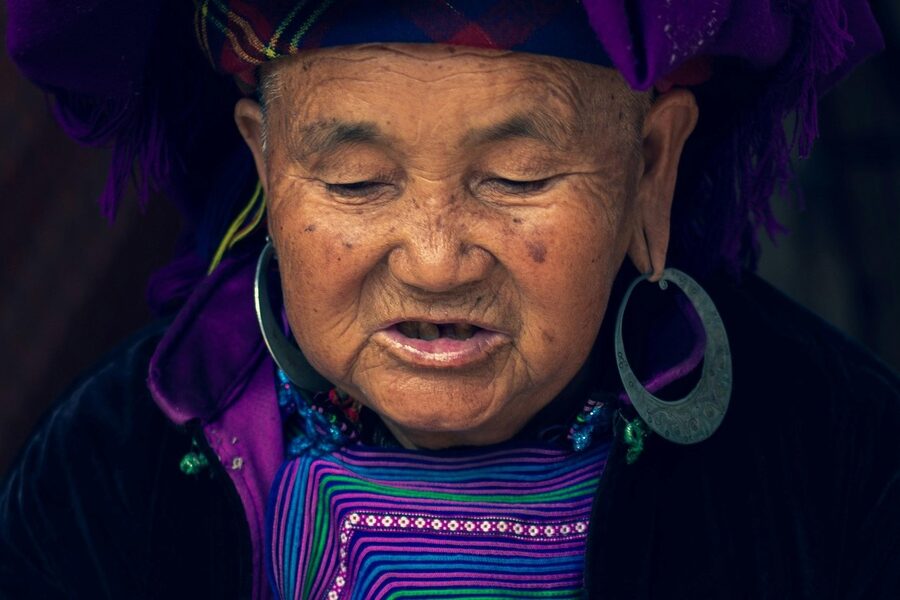Venezuela’s cultural map is layered — from Caribbean coasts and Andean valleys to the Amazon basin — and language is a big part of that picture. Spanish is the national lingua franca, but many communities keep their ancestral tongues alive in daily life, rites and local governance.
There are 20 Official Languages in Venezuela, ranging from Barí to Yukpa. For each language, you’ll find below a concise table organized by Legal status, Regions recognized, Speakers (est) so you can compare how each language is recognized and where it’s spoken.
How does a language gain official recognition in Venezuela?
The 1999 constitution recognizes Spanish as the national language and affirms the rights of indigenous peoples to maintain and develop their languages; recognition of a language’s official status often depends on national law and regional practices, and is typically tied to indigenous community presence and local administrative decisions.
Which non-Spanish languages have the largest number of speakers?
Among the indigenous languages, Wayuu, Warao, Pemon and Yanomami are commonly cited as having the most speakers in Venezuela; their prevalence reflects concentrated communities in specific regions (Guajira peninsula, Orinoco Delta, Gran Sabana and southern borders), which you’ll see reflected in the Speakers (est) and Regions recognized columns below.
Official Languages in Venezuela
| Language | Legal status | Regions recognized | Speakers (est) |
|---|---|---|---|
| Spanish | National official language of the Bolivarian Republic of Venezuela. | Entire national territory. | 30,000,000 |
| Wayuu | Official use for the Wayuu people in their designated habitats. | Zulia state, particularly the Guajira Peninsula. | 270,000 |
| Warao | Official use for the Warao people in their designated habitats. | Delta Amacuro, Monagas, and Sucre states. | 36,000 |
| Pemón | Official use for the Pemón people in their designated habitats. | Bolívar state, especially the Gran Sabana region. | 24,000 |
| Piaroa | Official use for the Piaroa (Wötjuja) people in their designated habitats. | Amazonas and Bolívar states. | 19,000 |
| Yanomami | Official use for the Yanomami people in their designated habitats. | Amazonas state, in the Amazon rainforest near Brazil. | 17,000 |
| Jivi | Official use for the Jivi people in their designated habitats. | Amazonas and Apure states. | 11,000 |
| Kariña | Official use for the Kariña people in their designated habitats. | Anzoátegui, Bolívar, Monagas, and Sucre states. | 10,000 |
| Yukpa | Official use for the Yukpa people in their designated habitats. | Zulia state, in the Sierra de Perijá mountain range. | 7,500 |
| Yekuana | Official use for the Yekuana people in their designated habitats. | Amazonas and Bolívar states. | 7,000 |
| Sanemá | Official use for the Sanemá people in their designated habitats. | Amazonas and Bolívar states. | 6,400 |
| Pumé | Official use for the Pumé (Yaruro) people in their designated habitats. | Apure state. | 5,800 |
| Panare | Official use for the E’ñepá Panare people in their designated habitats. | Bolívar state. | 4,300 |
| Curripaco | Official use for the Curripaco people in their designated habitats. | Amazonas state. | 3,400 |
| Barí | Official use for the Barí people in their designated habitats. | Zulia state, in the Sierra de Perijá. | 2,000 |
| Hoti | Official use for the Hoti (Jodi) people in their designated habitats. | Amazonas and Bolívar states. | 1,200 |
| Puinave | Official use for the Puinave people in their designated habitats. | Amazonas state. | 1,000 |
| Warekena | Official use for the Warekena people in their designated habitats. | Amazonas state. | 500 |
| Yabarana | Official use for the Yabarana people in their designated habitats. | Amazonas state. | 300 |
| Mapoyo | Official use for the Mapoyo people in their designated habitats. | Bolívar state. | 12 |
Images and Descriptions
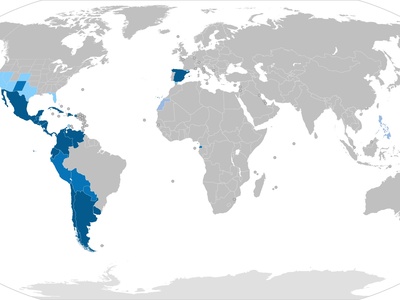
Spanish
Spanish is the country’s sole national language, used in government, education, and all official proceedings. It coexists with indigenous languages, which have official use in their own communities.
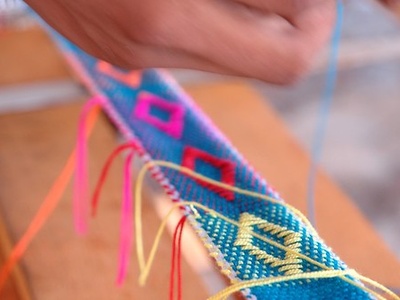
Wayuu
The most spoken indigenous language in Venezuela, Wayuu is central to the culture of its people. Its official status supports bilingual education and preserves its use in daily life.
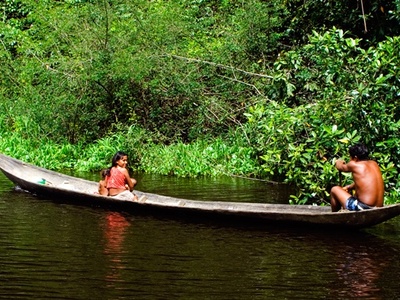
Warao
A unique language isolate, Warao is spoken by communities in the Orinoco River Delta. Its official recognition helps protect the language and culture of the “boat people,” as their name implies.

Pemón
Spoken by the ancestral guardians of Angel Falls and the table-top mountains (tepuis), Pemón is a vibrant Cariban language. Its official status supports its use in local schools and media.
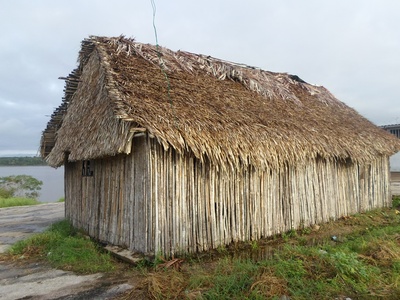
Piaroa
Also known by its speakers as Wötjuja, this language is integral to communities along the Orinoco River. Official recognition helps maintain its use against the constant pressure from Spanish.
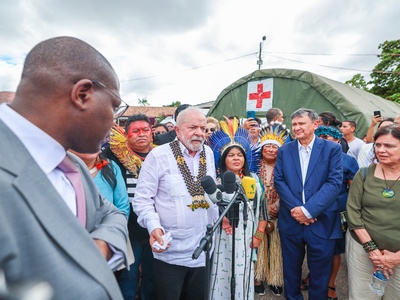
Yanomami
The language of one of the most well-known indigenous groups in the Amazon, Yanomami has official status within their protected territories, supporting their unique culture and worldview.
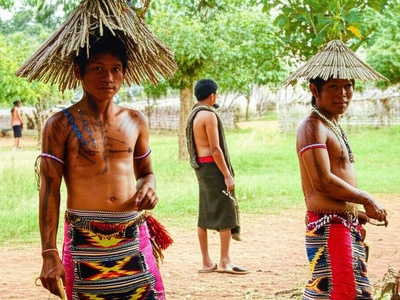
Jivi
Also known as Guahibo, this language is spoken across the plains and forests of southern Venezuela. Its official standing reinforces its importance in Jivi communities on both sides of the Colombian border.
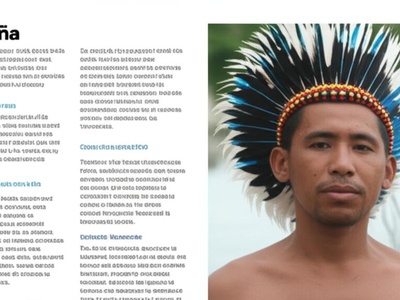
Kariña
A member of the Carib language family, Kariña is spoken in scattered communities across eastern Venezuela. Its official status is a key tool for revitalization efforts and cultural pride.
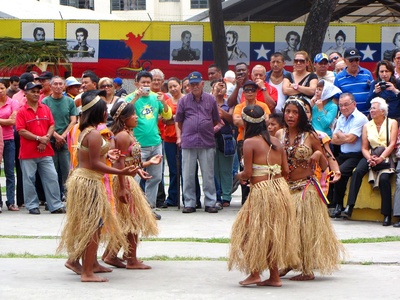
Yukpa
Spoken in the mountainous border region with Colombia, Yukpa is officially recognized in its territories. This status helps support the language’s transmission to younger generations.
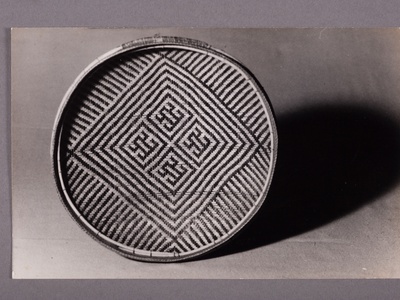
Yekuana
The Yekuana language is central to a culture renowned for its river navigation and mythology. Official recognition supports its use in community affairs and bilingual education programs.
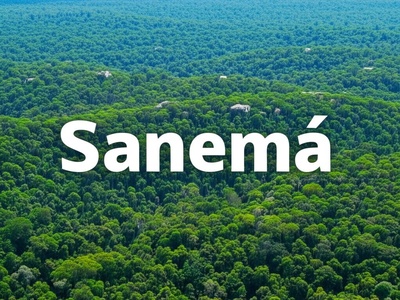
Sanemá
Closely related to Yanomami, Sanemá is another key language of the southern Venezuelan rainforest. Its official standing acknowledges the Sanemá people’s rights and cultural heritage in their ancestral lands.

Pumé
The language of a semi-nomadic people in the plains of Apure, Pumé (or Yaruro) is officially recognized. This helps support cultural initiatives aimed at keeping the language alive and strong.
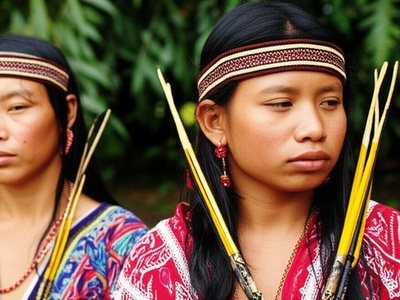
Panare
Known by its speakers as E’ñepá, this Cariban language remains very vital in its communities. Its official status reinforces the group’s strong linguistic and cultural identity.
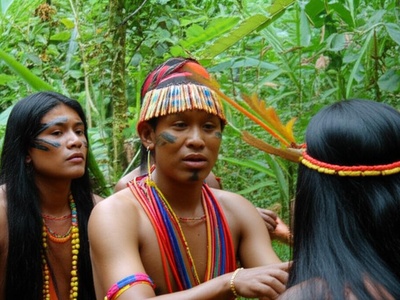
Curripaco
An Arawakan language spoken in Venezuela, Colombia, and Brazil, Curripaco has official status in its Venezuelan communities. It serves as a vital link to ancestral knowledge and regional identity.

Barí
Barí is a Chibchan language spoken in the dense forests shared with Colombia. Its official recognition in Venezuela is part of the protection of the Barí people and their territory.

Hoti
The Hoti people had limited outside contact until recently, making their language a subject of great interest. Its official status is critical for supporting this unique linguistic heritage.
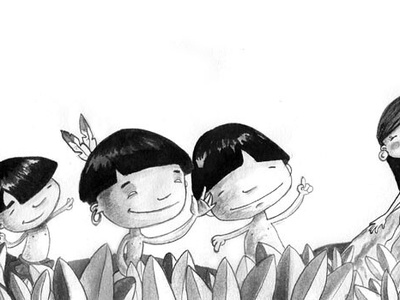
Puinave
While most speakers live in Colombia, the Puinave language is officially recognized for its community in Venezuela. This status helps preserve the language at the edge of its traditional territory.

Warekena
This highly endangered Arawakan language is still spoken near the borders with Brazil and Colombia. Its official recognition provides a legal foundation for urgent revitalization efforts.
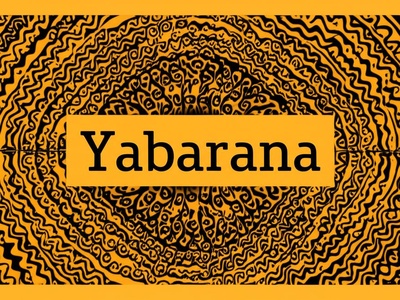
Yabarana
A critically endangered Cariban language with few remaining speakers, Yabarana’s official status is a vital declaration of its cultural importance and supports efforts to save it from disappearing.
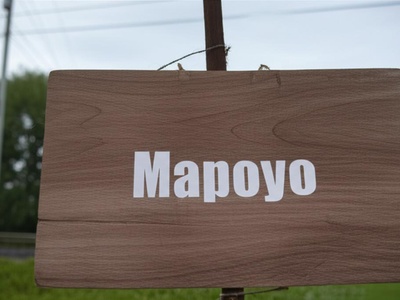
Mapoyo
With only a handful of fluent speakers left, Mapoyo is recognized by UNESCO as critically endangered. Its official status in Venezuela is essential for language documentation and revitalization programs.

